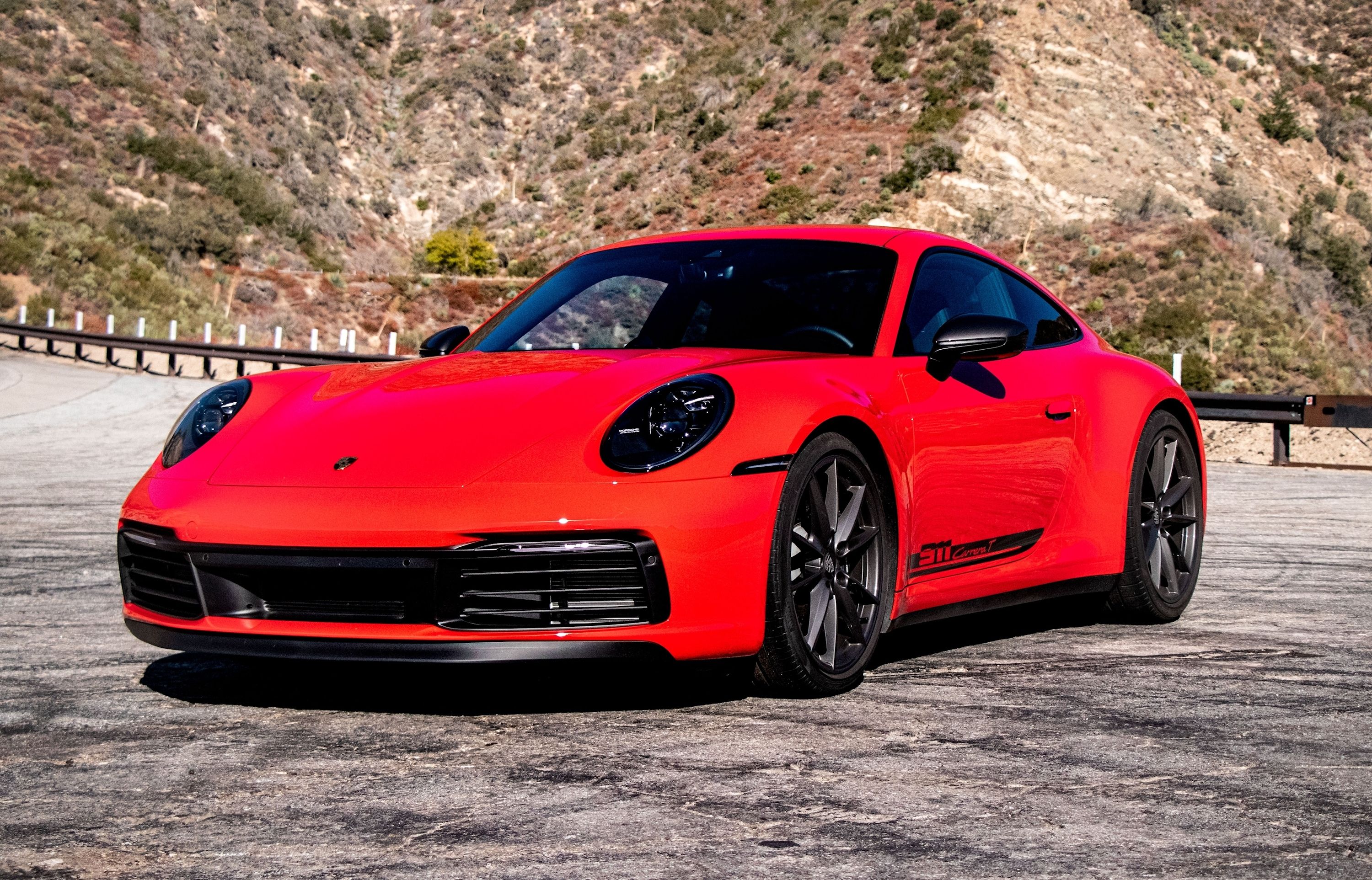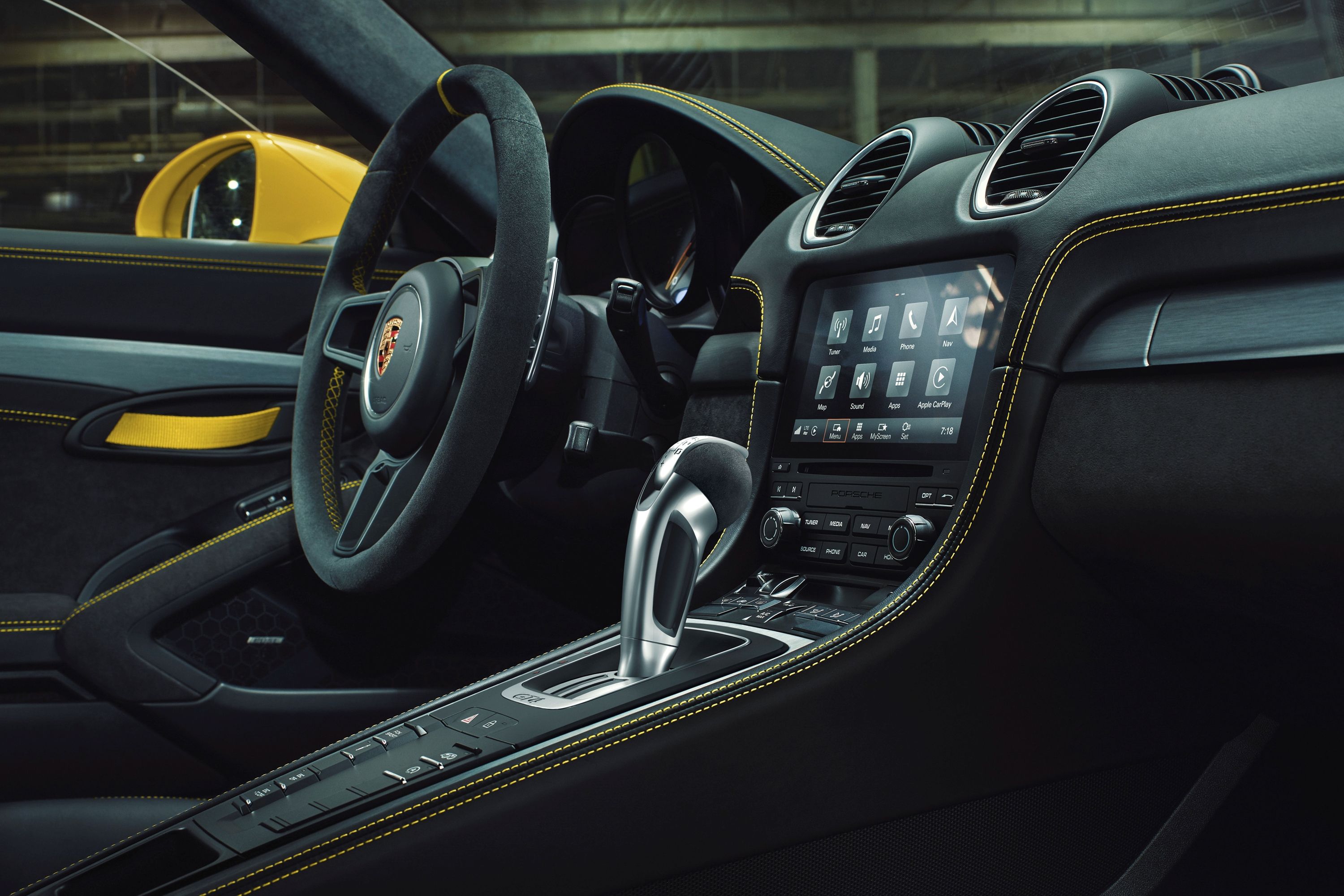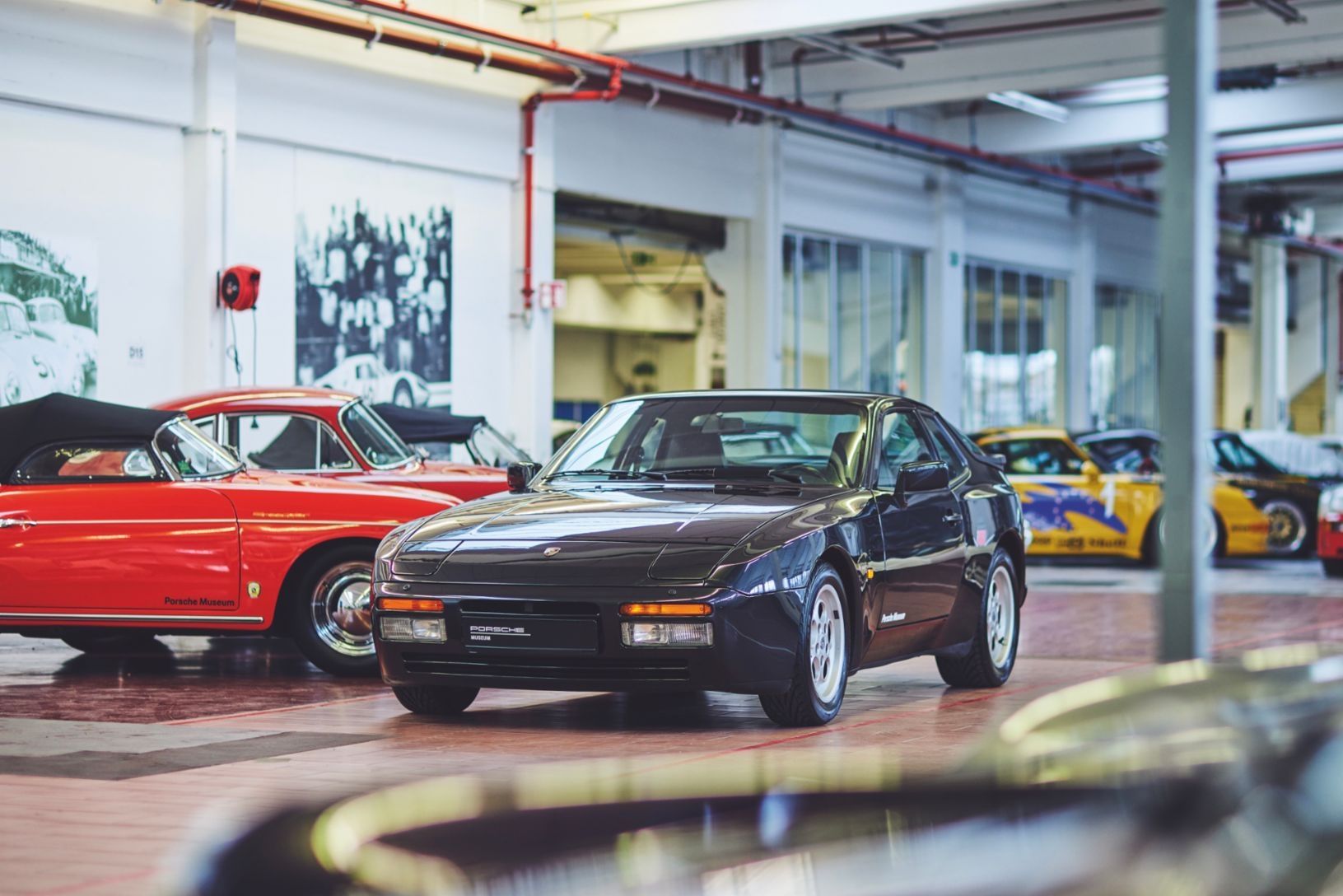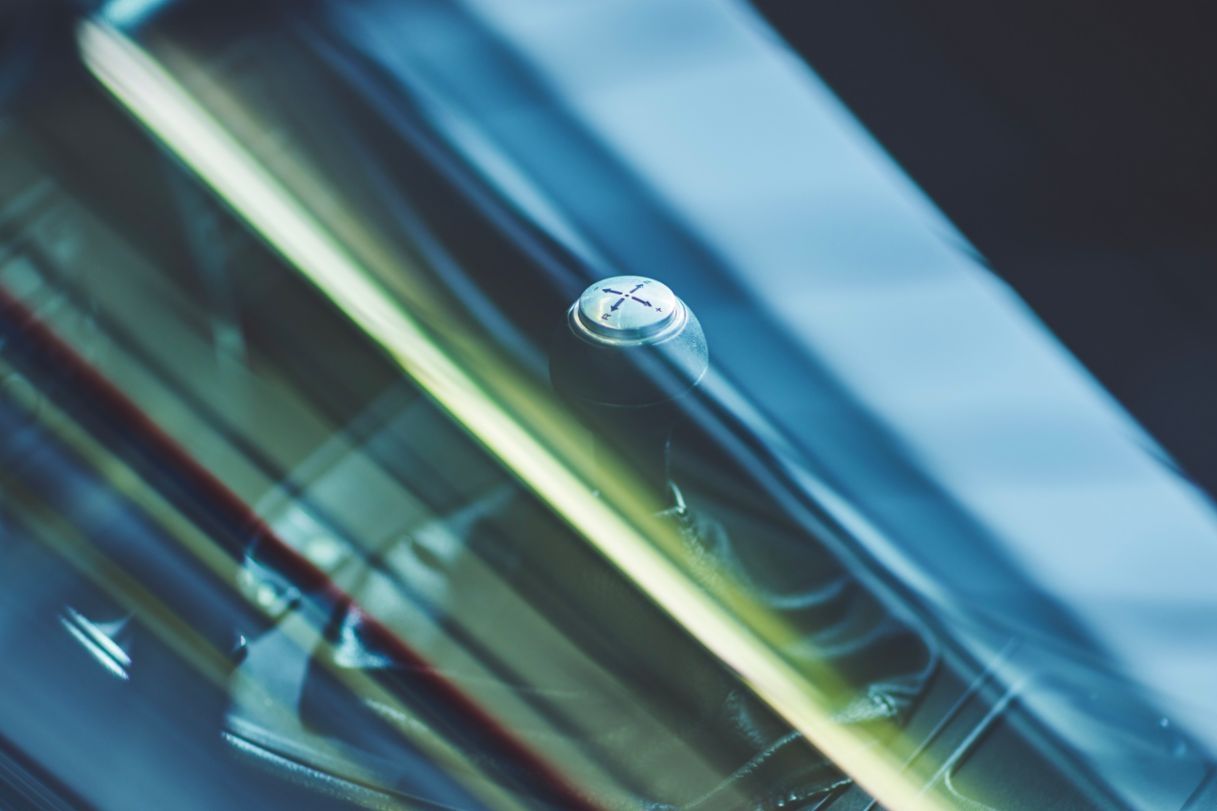
Did you know the Porsche PDK dual-clutch transmission dates back to the 1960s? Neither did we.
Porsche recently shared an in-depth look at the development of PDK and how it started. The first person to pitch the idea was an engineer called Imre Szodfridt. He took the idea to Porsche's Head of Development at the time, Ferdinand Piech. Szodfridt managed to build a dual-clutch transmission but was limited by the technology of the time. That meant it had to wait for another generation until Porsche engineer Rainer Wust came along.
"Szodfridt was a very clever man, so this preliminary work helped us," Wust recalls.
Wust started working at Porsche as a transmission test engineer in 1971. After ten years on the job and at just 35 years old, he became the technical manager responsible for the development of the power-shifting Porsche dual-clutch transmission, the PDK.
"The level of respect was high, the task enormous. And me, a young pup. It was stressful too. But at the same time it was an amazing opportunity - and looking back a really great story," said Wust.
The first thing Wust did was to collect Szodfridt's transmission out of the tech vault. "We got the Szodfridt transmission from storage and worked with pneumatic valves, which we converted to work hydraulically. It was complicated pioneering work from the ground up, but the result already had pre-series status," said Wust.
The next step was to fit it into a car, and a 944 Turbo was chosen. The 944 would eventually die out due to the success of the Porsche 911, but PDK would live on.
It's pretty amazing how neat the 944 PDK car is. Looking at the images, you'll note the first hints of a system that would eventually become the default in most Porsches. A simple shifter with a minus sign on top and plus sign at the bottom.
PDK is considered remarkably simple these days. The gears are divided between two sub-transmissions, each with its own clutch. Only one clutch is operational at any one time, while the other already has a new gear primed and ready to go. The gear is changed simply by closing the now-active clutch while simultaneously opening the previously active one.
The 944 Turbo was only the first step, however. As with many things Porsche, it needed to be proved on the track first. At the time, Porsche's Head of Development, Helmuth Bott, decided to take the PDK racing, so the PDK was bolted into a 956 endurance racer. The racers loved it.
"We were able to change gears and drive significantly faster without interrupting the engine's drive," remembers Hans-Joachim Stuck, who, according to Wust, had the idea of putting gear shifters on the steering wheel. This ground-breaking suggestion later became a reality. "Being able to keep my hands on the steering wheel when changing gears at full throttle felt great right from the start," said Stuck.
The advantages for racing were significant. Drivers no longer had to take one hand off the wheel during powerful lateral acceleration when cornering. Due to the uninterrupted power delivery, the cars reached a higher top speed down straights.
"Jacky Ickx quickly learned to brake with his left foot when cornering and accelerate with his right to keep the turbo going," Wust recalls. "This made him significantly faster coming out of a corner." It was also no longer possible to miss gears, and the drivers were able to brake later before corners because the PDK shifted down well.
But according to Wust, there still was a problem,
Each time the drivers shifted, they received a healthy kick in the back. If you've driven an early car with automated clutch control and paddle shifters, you'll know the feeling. The racers welcomed the shunt forward.
"However, these jerks put great stress on the transmission - and the entire driveshaft. On a few occasions, this excess torque sent everything flying around us, and I sat at home in the evenings and nearly gave up on the whole thing," Wust said.
Going back to the drawing board, they managed to reduce the inertia of the transmission and put it in a 962. This time the PDK was actually used in a racing series and won its maiden victory in 1986 with Derek Bell in the 225-mile race at Monza. It eventually won the 1986 World Sports-Prototype Championship. PDK was also present in the Audi Sport-Quattro S1 rally car driven by Walter Rohrl in 1985.
"We were at least 20 years ahead of our time," said Wust. Along with the development of valves and electronics, which were not sufficiently advanced for series production, the conditions were not in place yet for the deployment of the necessary wet clutch. The significant change happened in the early 2000s when Ferdinand Piech took greater interest. By now, he was the boss at Volkswagen and had more sway.
By 2008 PDK was an option for the 911, and a year later, it was offered as a variant of the Panamera. Over time, it would become the standard, almost killing the manual at Porsche.



